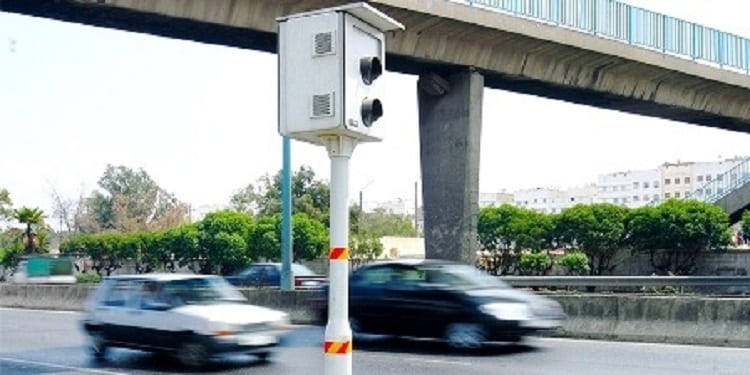Does Tunisia go up a gear in road safety? In a recent declaration, Aymen Ben Brahim, head of the Northeast Region at the National Road Safety Observatory, revealed that a new strategy is underway to significantly extend the number of radars and surveillance cameras throughout the territory. The objective: to combat speeding, the main mortality factor on Tunisian roads.
Speaking on FM mosaic waves, he announced a massive increase: from 20 to nearly 90 radars on a national scale. This ambitious plan aims to cover a maximum of dangerous areas, called “blackheads”, identified according to the statistics of loss. In Tunis, the capital will not be outdone: up to seven new radars will be installed in the coming months, marking unprecedented intensification of automated controls.
Targeted locations for maximum impact. The authorities intend to favor areas at risk, such as the southern entrance to the city, the fast west road or certain major urban axes. Studies will be carried out to identify the exact places where radars will be the most effective, in particular by analyzing the mortality rates linked to excessive speed.
In addition to automatic radars, smart cameras will be deployed, especially near roundabouts. Their mission: automatically detect offenses such as the non-port of the seat belt or the use of the phone while driving, two dangerous behaviors still too frequent on Tunisian roads.
A deterrent strategy above all. According to Aymen Ben Brahim, it is not a punitive policy, but a tool for prevention and deterrence. “Our goal is to save lives, not to verbalize at all costs,” he said, insisting that speed remains the predominant factor in fatal accidents.
This generalization of radars is part of a broader approach to awareness of road safety. The State now wants to associate technology, data analysis and pedagogy to develop the behavior of Tunisian drivers.








